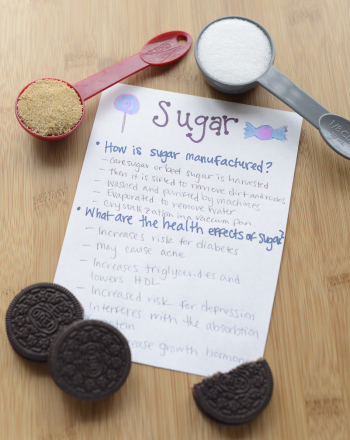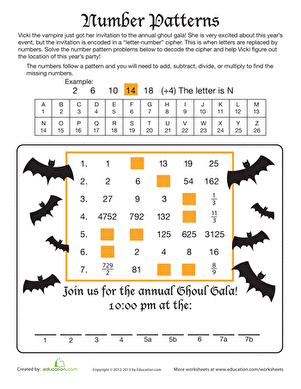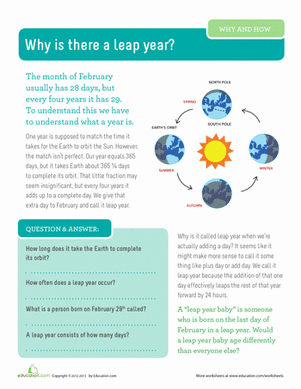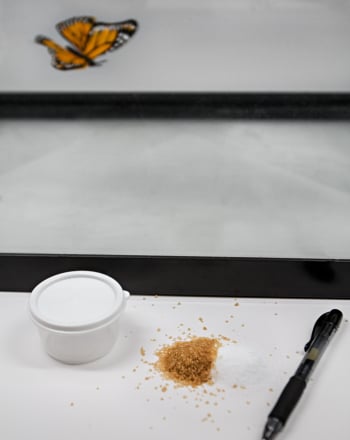Science project
If Starch is Composed of Sugar Why Isn't Starch Sweet?
Type
Grade Level
Upper Elementary (grade 5) and/or Middle School (Grades 6-7)
Difficulty of Project
Cost
Safety Issues
Be sure hands are dry when handling the Clinitest tablets. Avoid contact of Clinitest tablets with eyes, mucous membranes, gastrointestinal tract and clothing because sodium hydroxide and moisture produce caustic burns. Keep tablets in a well-marked, childproof bottle. Do not use any dark-blue tablets. The normal color of fresh tablets is light blue, with darker-blue flecks. During the bubbling action, hold the test tube near the top to avoid the burning of hands.
Iodine is irritating to eyes, respiratory system and skin and stains hands and clothes. Iodine is toxic, harmful if inhaled or swallowed and the vapors may cause drowsiness and dizziness. The investigator should wear goggles, work in a well ventilated area, and follow safety precautions when using iodine.
Material Availability
The materials required for this project are readily available and inexpensive.
Approximate Time Required to Complete the Project
1 to 2 hours to complete the activity once the materials are secured and setup. Also between 1 and 2 hours to prepare the Tri-fold board display.
Objective
When foods containing starches are chewed in the mouth, they are mixed with saliva. Saliva contains an enzyme, (amylase) which helps chemically to change starch into small sugar molecules. Starch turns purple when added to iodine but sugar does not. The research aspect of this science fair project is to add saliva to starch to determine if indeed starch is composed of sugar.
This science fair project focuses on the use the enzyme amylase found in human saliva to break down starch into sugar, by first adding iodine to starch solution, then adding saliva, and again testing with iodine. To verify that sugar has indeed been produced the starch-saliva mixture will be tested using a commercial sugar testing agent. The results from this investigation will be displayed in a data table.
Materials and Equipment / Ingredients
Four test tubes, test-tube rack (optional), distilled water, package of 8 oz plastic drinking glasses, spoons, safety goggles, box of saltine crackers, box of powdered starch, Tincture of iodine, and Clinitest® Reagent Tablets for urine sugar testing.
The box of saltine crackers, box of powdered starch, package of 8 oz plastic drinking glasses, distilled water, and plastic table spoons, can be purchased from the local supermarket or big box retail (Wal-Mart, Target, etc) store. The Clinitest® Reagent Tablets and Tincture of iodine are available for purchase from a drug store or pharmacy. Test tubes may be borrowed from the chemistry teacher at the local high school and are also found in toy chemistry sets.
Introduction
Starches are carbohydrates in which glucose sugar molecules are bonded together. It is a polysaccharide which plants use to store energy for later use. Foods such as potatoes, rice, corn and wheat contain starch granules which are important energy sources for humans. The human digestive process breaks down the starches into glucose molecules with the aid of chemicals called enzymes. The transformation of starch into sugar begins in the mouth. Amylase is an enzyme in saliva that will break-down starch to sugar.
If an individual chews on a saltine cracker for a while, it will begin to taste sweet because the enzymes in saliva break down the starch into glucose sugar. Although starch is a carbohydrate, it is too big to cause a response on the taste buds. On the other hand, if the saltine cracker is held in the mouth for 15-20 minutes, enzymes in saliva will break it down to simpler sugars and sweetness will be detected on the tongue’s taste buds.
Starchy foods are usually cooked to improve digestibility and to give it a more desirable texture and flavor. During the ripening of fruit, starch is changed into sugars, which give sweetness to ripe fruits.
Iodine when added to starch will turn blue and therefore it can be used as a starch indicator. Clinitest® Reagent tablets are a commercial product used to test for the presence of sugars in the urine used by diabetics to monitor sugar levels. When a tablet is added to a solution that contains a monosaccharide sugar, a colored precipitate is produced. The resultant color varies with the amount of sugar present, ranging from blue (no sugar) through green to orange (concentrated sugar).
Digital photos can be taken during the experimenting process and the following websites offer down loadable images that can be used on the display board:
- http://i574.photobucket.com/albums/ss189/TIPT544/SOUP/saltine20crackers.jpg
- http://www.ljcreate.com/products/element_images/Starch_in_Food.jpg
- http://farm1.static.flickr.com/114/306584493_dc517145aa.jpg
Research Questions
- What is starch?
- What is the enzyme amylase?
- Which indicator was used to test for starch, iodine or Clinitest tablets?
- When the saltine cracker was in the mouth how did the flavor change? What caused this to happen?
- How can one prove that starch is made-up of sugar?
- What was the control for this project?
Terms, Concepts and Questions to Start Background Research
Starches, carbohydrates, glucose sugar, polysaccharide, enzymes, and amylase
Experimental Procedure
- Take several saltine crackers and crumble them in your hands over a large bowl to catch the pieces.
- Place the crumble pieces into 2 test tubes add a little distilled water to both. Next place powdered starch into a clear plastic cup.

- Add several drops of tincture of iodine to one of the cracker test tubes and the starch cup.
- Without touching the tablet with your hands, drop one Clinitest tablet into the second testtube.
- Watch while complete fizzing-boiling reaction takes place. Do not shake the test tube during fizzing, or for the following 15 seconds after fizzing has stopped.
- At the end of this 15-second waiting period, shake the test tube gently to mix the contents.
- Record the colors seen in the two test tubes and the starch cup.
|
Name of Test Sample
|
Colors Seen |
|
Powdered Starch |
|
|
Saltine cracker sample with iodine added |
|
|
Saltine cracker sample with Clinitest Reagent Tablet added |
|
- Place an unsalted saltine on your tongue, without chewing, and close your mouth until a sugary taste is detected.

- Pour some of the cracker-saliva mixture into two clean test tubes. Add several drops of iodine to one of the cracker-saliva mixtures and a Clinitest Reagent Tabletto the other test tube. Again do not shake the test tube during fizzing, or for the following 15 seconds after fizzing has stopped.
- Record the color changes for both.
|
Name of Test Sample |
Colors Seen |
|
Saltine cracker-saliva mixture with iodine added |
|
|
Saltine cracker-saliva with Clinitest® Reagent Tabletsadded |
|
Bibliography
Title: Starch: Glucose, Corn Syrup, Waxy Corn,& High-Fructose Corn Syrup, Publisher: General Books LLC, ISBN-13: 9781157624639 and ISBN: 1157624634
This 132 page paperback book contains chapters about starch, its chemical structure, history of use, glucose, corn syrup, waxy corn, high-fructose corn syrup, and more. The young investigator and his or her parents (teachers) can use this book as a general reference resource.
- Chemistry of Carbohydrates found in Foods
- Starch
- Virtual laboratory: starch test
- This webpage hosts an animation that shows how to test for starch using iodine. A high-speed broadband Internet connection is required in order to view the animation.
Note: The Internet is dynamic; websites cited are subject to change without warning or notice!
Education.com provides the Science Fair Project Ideas for informational purposes only. Education.com does not make any guarantee or representation regarding the Science Fair Project Ideas and is not responsible or liable for any loss or damage, directly or indirectly, caused by your use of such information. By accessing the Science Fair Project Ideas, you waive and renounce any claims against Education.com that arise thereof. In addition, your access to Education.com's website and Science Fair Project Ideas is covered by Education.com's Privacy Policy and site Terms of Use, which include limitations on Education.com's liability.
Warning is hereby given that not all Project Ideas are appropriate for all individuals or in all circumstances. Implementation of any Science Project Idea should be undertaken only in appropriate settings and with appropriate parental or other supervision. Reading and following the safety precautions of all materials used in a project is the sole responsibility of each individual. For further information, consult your state's handbook of Science Safety.















